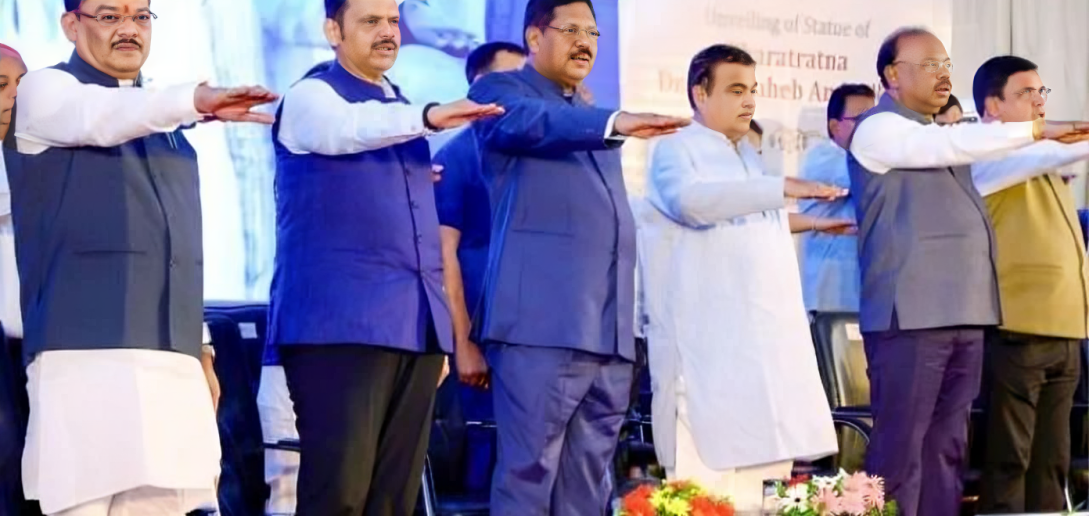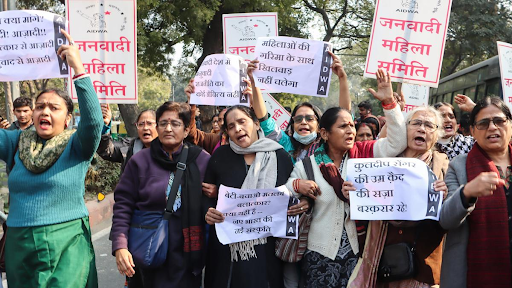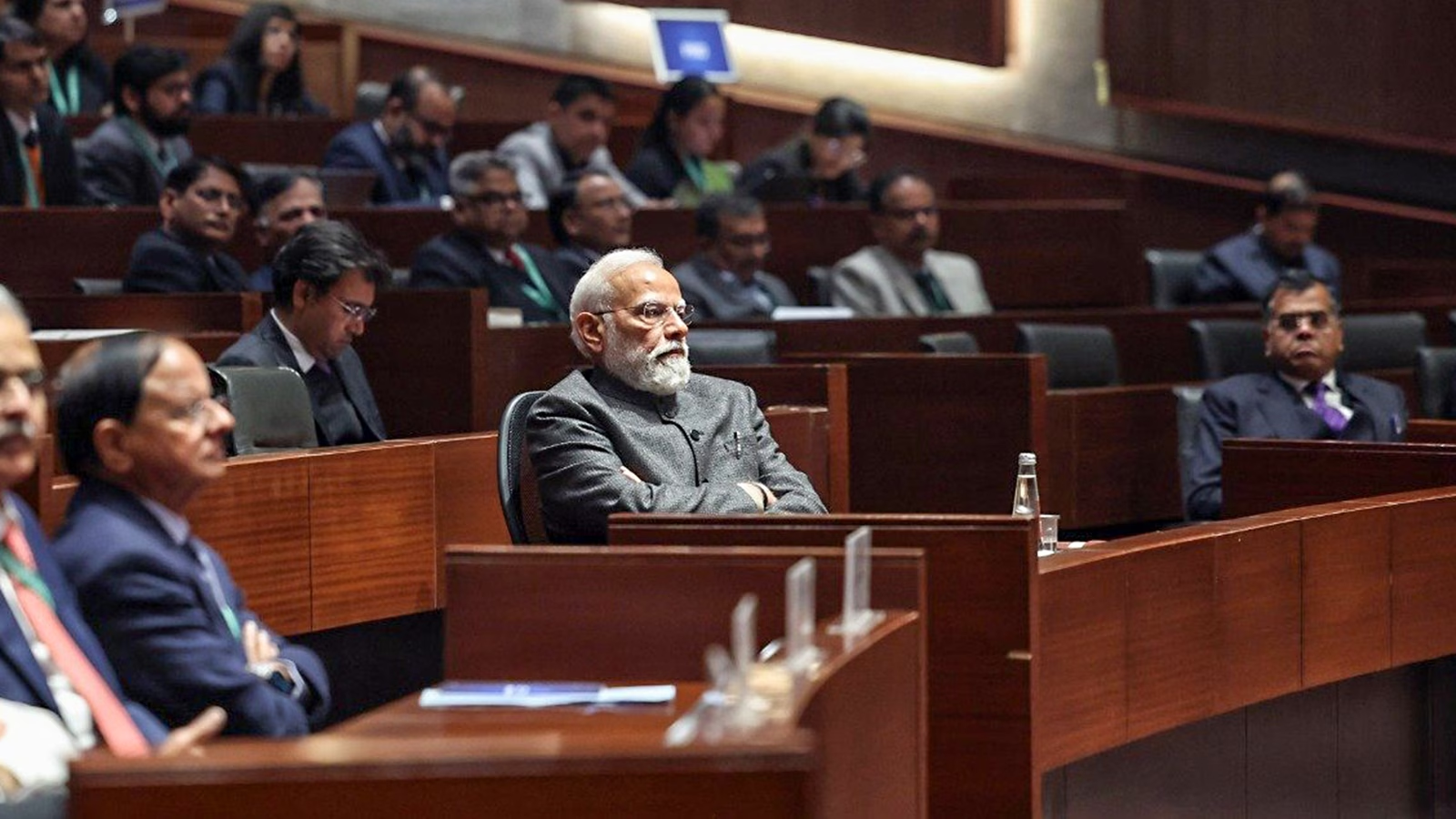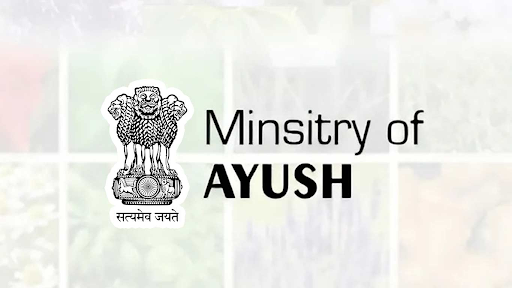



A political debate over the inclusion of 'secular' and 'socialist' in the Constitution's Preamble, an Emergency-era amendment. The Supreme Court of India, however, has consistently upheld this 42nd Amendment, dismissing challenges and affirming that these principles are integral to the Constitution's basic structure and have been widely accepted.

Copyright infringement not intended
Picture Courtesy: INDIAN EXPRESS
A political and constitutional debate has been reignited over the inclusion of the words "secular" and "socialist" in the Preamble of the Constitution.
Original Preamble (1950) => The Preamble initially described India as a "Sovereign Democratic Republic." It did not contain the words "socialist" or "secular."
The 42nd Amendment (1976) => During the period of National Emergency, the Indira Gandhi-led government enacted the 42nd Constitutional Amendment. This amendment added "Socialist" and "Secular" to the Preamble, officially defining India as a "Sovereign, Socialist, Secular, Democratic Republic." It also introduced the chapter on Fundamental Duties.
The 44th Amendment (1978) => After the Emergency, the Janata Party government passed the 44th Amendment, which reversed many of the changes made by the 42nd Amendment. However, it deliberately retained the amended Preamble with the words "socialist" and "secular," as well as the Fundamental Duties.
Original Constituent Assembly Debate => During the framing of the Constitution, members like Professor K.T. Shah had proposed including "socialist" and "secular." However, Dr. B.R. Ambedkar, the chairman of the Drafting Committee, argued against it. He believed that matters of state policy, like socialism, should be decided by the people through their elected representatives, not enshrined permanently in the Constitution, as this would undermine democratic flexibility.
Political goals => Indira Gandhi’s government used socialist rhetoric (“garibi hatao” / poverty removal) and wanted to affirm its Socialist ideals. Making “socialism” a constitutional word formalized that commitment.
Affirming secularism => With rising communal tensions, the Emergency-era government added “secular” to stress that the State is neutral on religion and treats all faiths equally.
|
Critics note both words were inserted during Emergency (1975–77) when normal debate was suppressed. Many opposition leaders were jailed and parliament had little outside input. Right-wing leaders argue this made the change controversial, though it was passed by Parliament. |
Calls for Re-evaluation => In June 2025, several prominent figures, including Vice President Jagdeep Dhankhar, questioned the inclusion of these words, arguing they were added during the controversial Emergency period and were not part of the original Preamble.
Arguments for Removal => Proponents of removing the terms argue that they were imposed without adequate debate during a period when civil liberties were suspended. They contend that "socialism" may limit economic policy choices and that "secularism" as a concept is viewed by some as being at odds with India's cultural ethos.
Basic Structure Doctrine => Even before the 1976 amendment, the Supreme Court in the Kesavananda Bharati case (1973) declared secularism to be a "basic feature" of the Constitution that cannot be amended or removed. This was further reinforced in the S.R. Bommai case (1994).
Interpretation of Socialism => In the Minerva Mills case (1980), the Court clarified that the "socialism" included in the Preamble is democratic socialism, aimed at achieving social and economic justice. It is not about the abolition of private property but about the welfare of the people, a goal already present in the Directive Principles of State Policy.
Dismissal of Petitions (November 2024) => A Supreme Court bench dismissed petitions challenging the inclusion of "socialist" and "secular." The Court said that these terms have gained "widespread acceptance" and there is "no legitimate cause or justification" to challenge them. The ruling emphasized that these words have not impeded governance or violated any constitutional rights.
India's Unique Secularism => The Supreme Court has interpreted Indian secularism to mean that the state maintains a principled distance from all religions. It does not favor any religion but treats all of them with equal respect ("Sarva Dharma Sambhava"). This is different from the Western concept of a strict separation between church and state.
The inclusion of "socialist" and "secular" in the Preamble is legally and constitutionally sound, repeatedly confirmed by the Supreme Court as part of the Constitution's basic structure.
Must Read Articles:
SC Verdict on Preamble Amendment
Source:
|
PRACTICE QUESTION Q. Consider the following statements regarding the Preamble of the Indian Constitution: 1. The Preamble is based on the ‘Objective Resolution’ drafted and moved by Pandit Nehru, and adopted by the Constituent Assembly. 2. The Preamble is not a part of the Constitution and, therefore, is not legally enforceable. 3. The Preamble has been amended only once, by the 42nd Constitutional Amendment Act, 1976. 4. The Supreme Court in the Berubari Union case (1960) held that the Preamble is a part of the Constitution. Which of the given statements is/are correct? A) 1 and 3 only B) 1, 2 and 3 only C) 2 and 4 only D) All of the above Answer: A Explanation: Statement 1 is correct: The Preamble of the Indian Constitution is fundamentally derived from the 'Objective Resolution'. This resolution was drafted and moved in the Constituent Assembly on December 13, 1946, by Pandit Jawaharlal Nehru. It outlined the philosophy and the guiding principles for framing the Constitution. The Constituent Assembly adopted this resolution on January 22, 1947. Statement 2 is incorrect: While the Preamble is not legally enforceable in a court of law, it is now considered a part of the Constitution. This means that while citizens cannot sue the government for not implementing the ideals of the Preamble, the judiciary can use the Preamble to interpret the Constitution, especially in cases where the language of an article is ambiguous. Statement 3 is correct: The Preamble has been amended only one time since its adoption. This amendment was made by the 42nd Constitutional Amendment Act of 1976, during the Emergency. Statement 4 is incorrect: In the Berubari Union case of 1960, the Supreme Court ruled that the Preamble is not a part of the Constitution. This judgment was later overturned by the Supreme Court in the Kesavananda Bharati case of 1973, where it was held that the Preamble is a part of the Constitution. |







© 2026 iasgyan. All right reserved